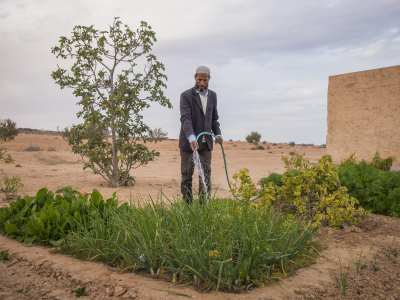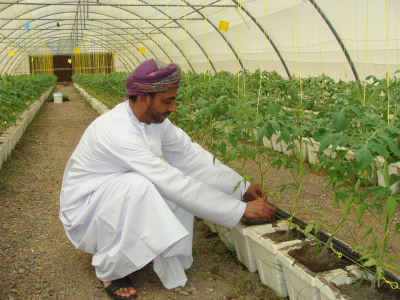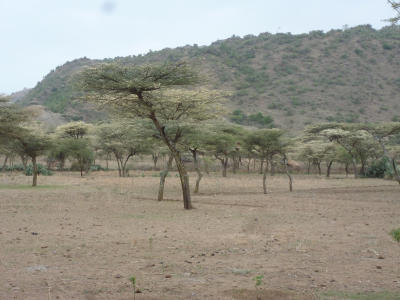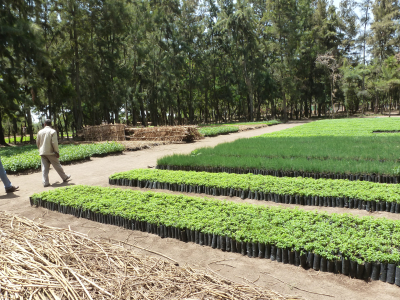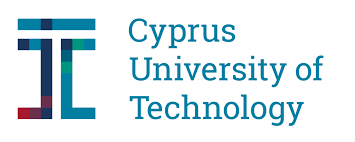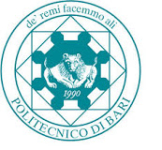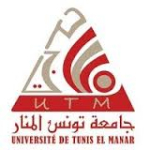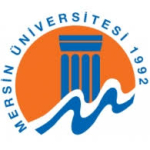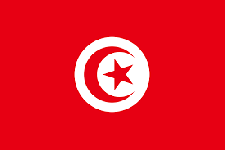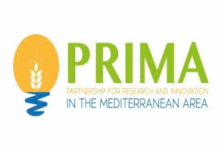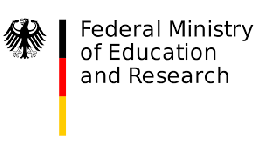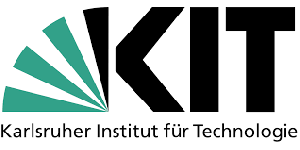MEDSAL aims to develop an integrated Framework for monitoring, protection and management of coastal groundwater reserves subject to increased salinization risks, due to overexploitation and rapid changes occurring from relevant climatic/non-climatic drivers. This new integrated approach not only targets to detect and identify GWS in a fast and more effective way, but also proposes a solid and novel methodology for identifying type or combination of types of GWS (I-V) in coastal aquifers for facilitating reliable GWS forecasting, risk assessment and management. The envisaged framework also endeavors to propose adequate measures based on a process and cause analysis and schedules, targets and indicators for the restoration of groundwater quality based on new approaches.
The proposed MEDSAL Framework is envisaged to integrate and fuse different tools, models and methods in order to:
• Identify GWS sources (single or multi-sourced) and decipher their governing processes;
• Assess the potential interactions with other compartments (small scale) and with other water systems at catchment (large) scale;
• Forecast the spatiotemporal evolution of primary (salinization) and secondary (e.g. induced post-contamination due to geochemical and/or other interactions) cascading effects and impacts;
• Perform a risk assessment under variable climatic projections and stresses;
• Develop a public web-GIS Observatory to support monitoring, alerintg, management, decision making and increase of resilience to GWS risk.
The described Framework will be developed along three inter-related and multi-disciplinary pillars, namely:
i) Field studies, data collection and innovative application of environmental isotopes;
ii) Coupling of advanced hydrogeological (e.g. FEFLOW, SEAWAT) and hydrogeochemical modelling (e.g. PHREEQC, compartment modelling) to decipher and simulate flow and transport processes along with the potential cascading interactions within involved aquifer systems;
iii) Application of advanced geostatistical and machine learning techniques for the optimization of data processing and modelling outcomes, also accounting for the inherent uncertainty of each model and reduction of the overall computational burden and time.
The vision of MEDSAL Framework is to provide novel integrated approaches (e.g. tools, proxy indicators, models) for the accurate swift assessment and more efficient management of GWS risk in Mediterranean coastal aquifers, having as key priority the transferability of the envisaged methodological results to regions of limited resources (technical, funding, personnel), in order to increase the capacity building and efficacy of coastal groundwater management plans. An innovative element is the use of environmental isotopes for fast detection of GWS origin and processes, applicable in data-scarce coastal environments. The better integration of methods based on environmental tracers (hydrogeochemistry, environmental isotopes) such as compartment modelling and physical-based groundwater flow and transport modelling will provide more versatility and improved performance of prediction tools by better cross-validation and calibration. The use of artificial intelligence and deep learning algorithms will improve parameter estimation, pattern recognition in time series and spatial data and calibration.
The overall MEDSAL's concept has a clear interdisciplinary approach. It engages the in-depth knowledge of the physical environment (driving sources and processes that control GWS) with diverse state-of-the-art tools and techniques (e.g. environmental isotopes, physical models, geostatistics, machine learning) applied jointly for the first time, towards GWS simulation and forecasting. Results are considered along with future projections of climate changes to deliver tailor-made management plans for Project’s test sites, considering their diverse physical and socio-economic characteristics, legislative frameworks and regulatory issues.
